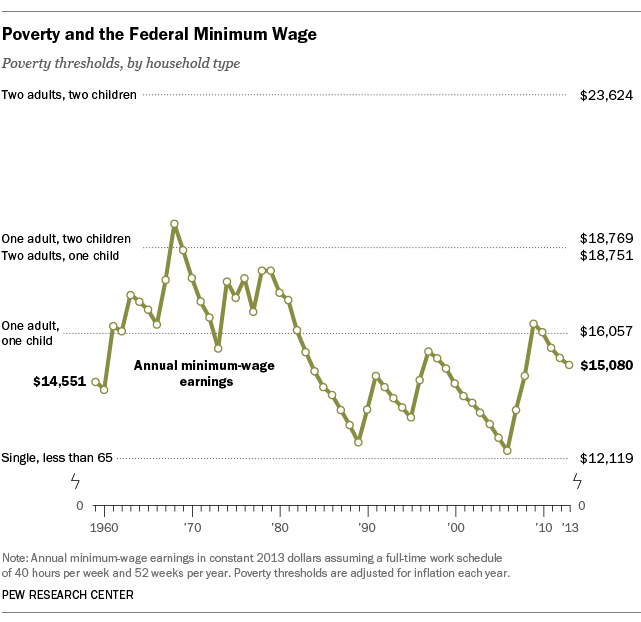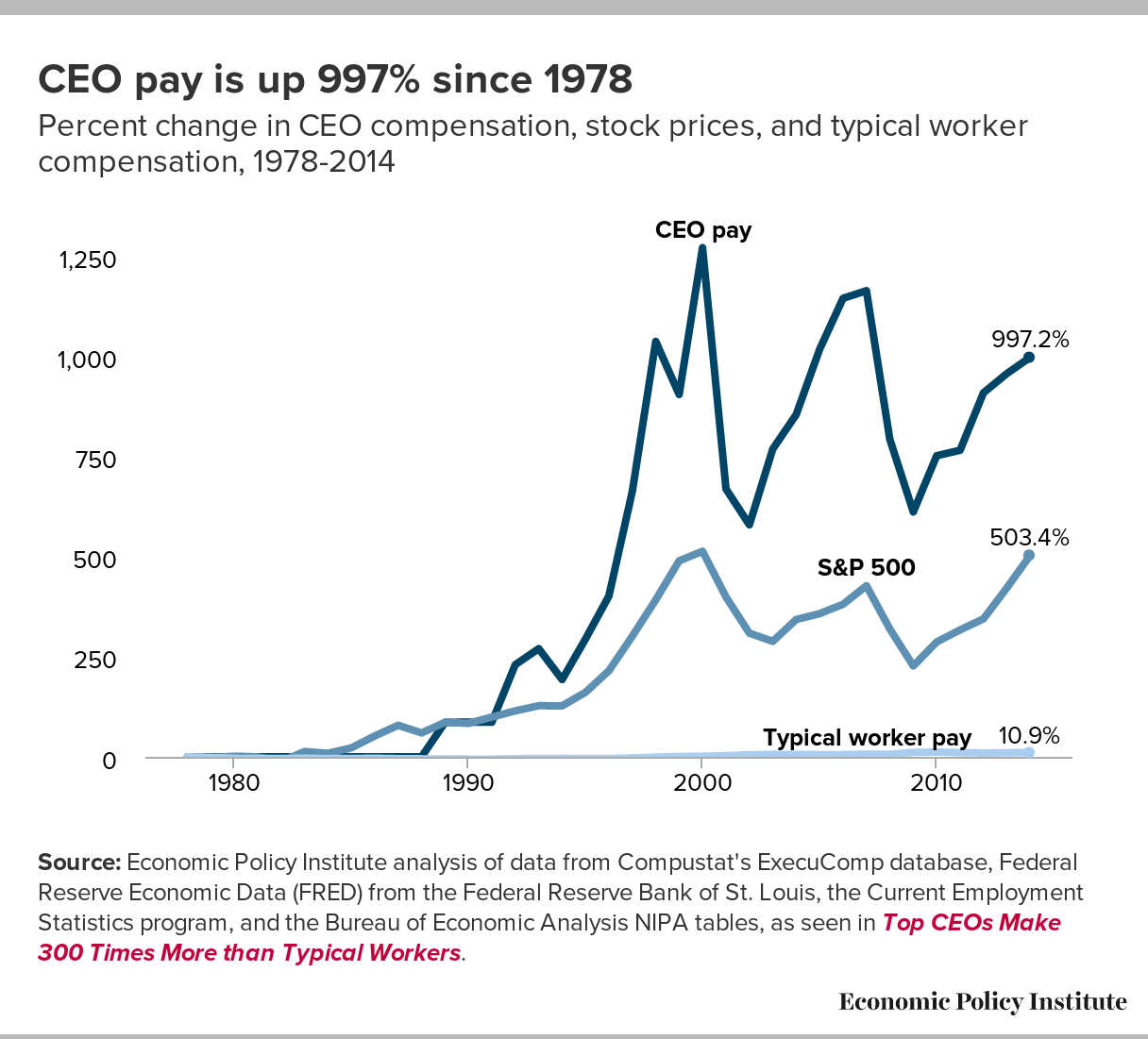Hillary Clinton opened the first presidential debate by addressing one of the prominent issues in this election, income inequality. She proposed: “First we have to build an economy that works for everyone…That starts with raising the national minimum wage.” However, when it comes to increasing the current federal minimum wage of $7.25 an hour, there is still sharp debate over what the real effects would be. Proponents say a higher minimum wage would lift people out of poverty while the opposition reports that it would negatively affect the economy by resulting in fewer jobs for workers. However, opponents often fail to consider the compounding, long-term effects poverty has on communities and their citizens.
Take Nicole Malone, for example, a 28 year old single mother of two who works 40 hours a week at a fast food restaurant in Atlanta earning $7.75 an hour. On her current salary, she cannot afford basic needs for her and her family. She relies on food stamps to feed her children and a government subsidy for her apartment. Like Nicole, a majority of low wage workers are older than 25 and rely on public assistance in order to live. Even more alarming is that 28% of these workers support children on low wages. According to the Economic Policy Institute, the median income a two-parent, two-child family in the U.S. would need to earn is approximately $31 an hour. Even if both parents work and earn the current federal minimum wage, they would still make less than 25 percent of what is needed to afford basic living expenses. As a result, their children do not have access to necessities like the nutrition they need for healthy development which in turn affects their ability to learn and sets them behind their peers from an early age.

While an estimated 30 million workers struggle everyday to make ends meet, CEOs in the largest low wage industries (i.e. fast food, retail and leisure and hospitality) earn up to 1,000 times what their typical workers are paid, which equates to about $156 million per year. In fact, wages for workers have remained relatively stagnant over the past four decades while CEO pay has increased by nearly 1,000 percent. This means that corporate profit earnings are being distributed grossly disproportionately, and the workers who are integral in making businesses profitable are being prohibited from sharing in the profits.

Since the minimum wage has not increased in over seven years and worker pay has remained stagnant, low wage companies have shown that they will pay their employees the minimum of what is legally necessary rather than what is adequate and ethical. This makes the minimum wage law an essential component in protecting exploited workers while also combating poverty. Nonetheless, because it has failed to keep up with the cost of living, millions of vulnerable men, women and children will remain poor, and poverty has costly socio-economic implications on society as a whole in the form increased medical costs, higher crime rates and incarceration levels, greater police and court expenses, homelessness and emergency shelter expenses.
The burden that this extreme level of inequality places on middle-class taxpayers, in particular, is often left out of the debate over minimum wage. When profitable corporations are not tasked with paying their employees adequately, taxpayers pick up the tab. Low wage work is estimated to cost public assistance programs $152.8 billion per year. Meanwhile, when corporations are tasked with providing their employees with adequate pay, historically this has shown to have very little effect on a company’s bottom line because businesses absorb these costs through higher productivity, lower turnover, wage reductions of higher earners and small price increases.
This is why increasing the minimum wage is perhaps the most economically efficient and equitable way to lift 10 percent of the U.S. population from the brink of poverty while also addressing growing income inequality in the U.S. Find out which of your leaders on the ballot support a living wage, a policy that would have vast benefits across the country and minimal costs, and vote for them this November.


